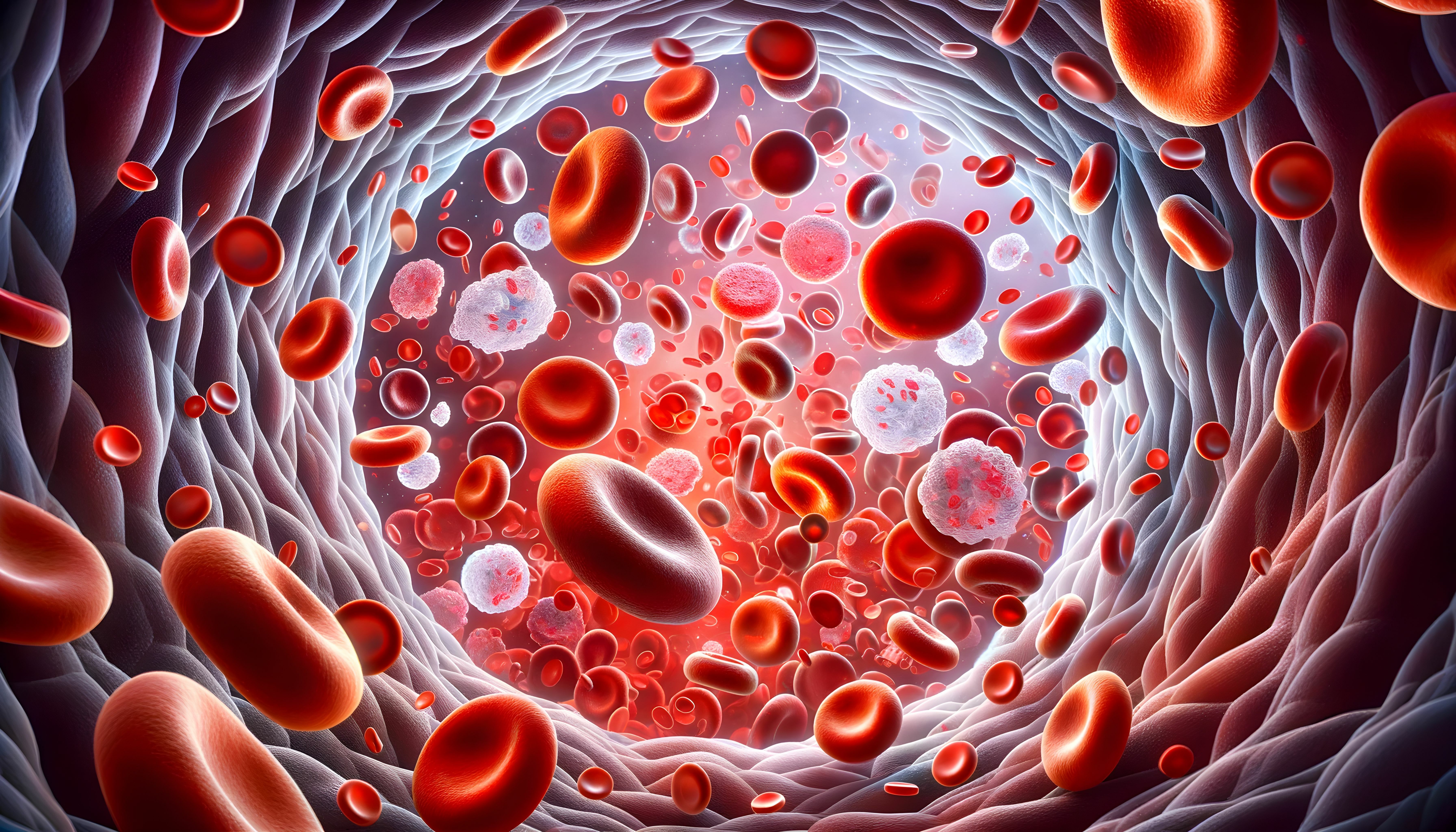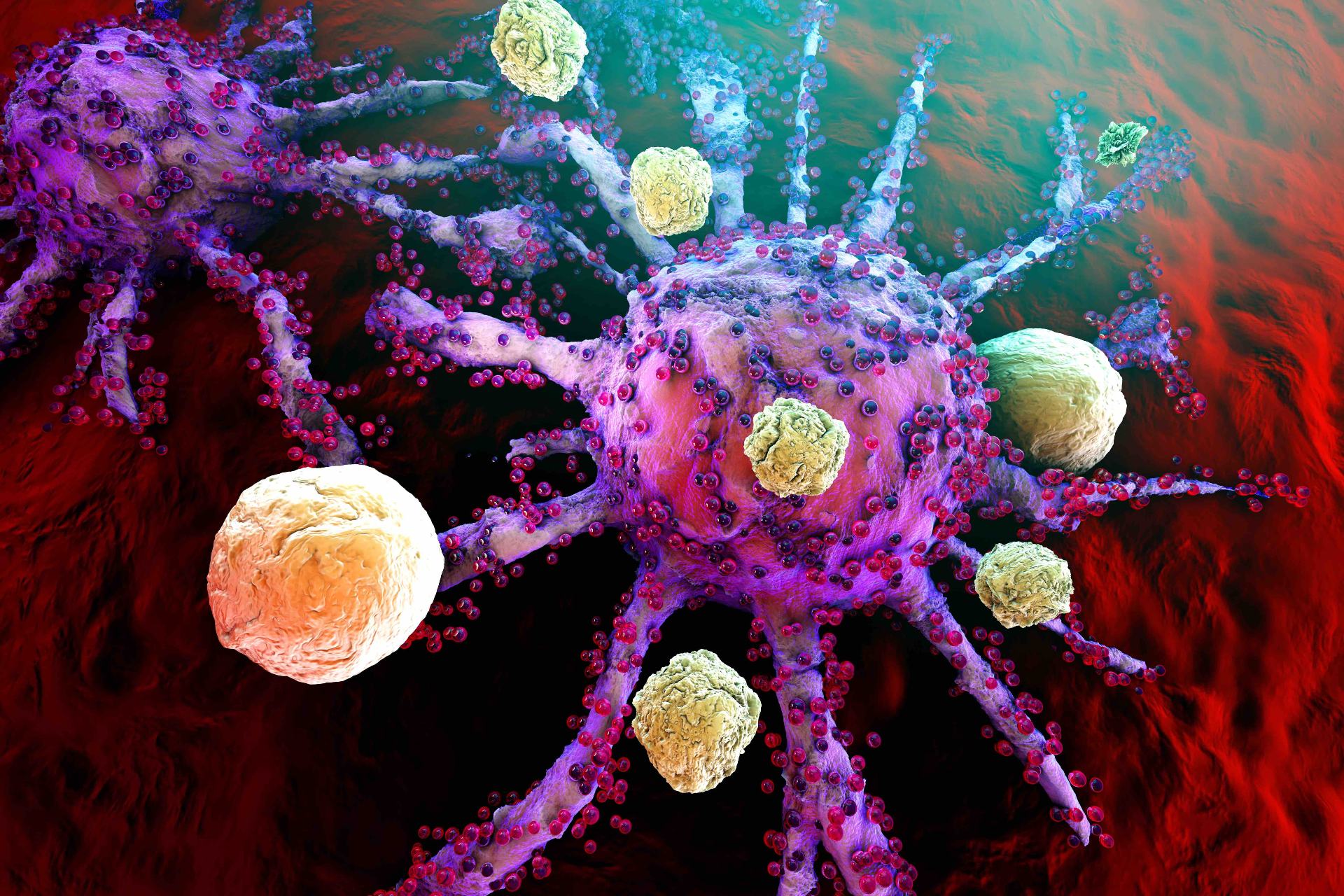News
Article
Patient-Reported QOL Outcomes of Initial CLL Treatments: ASH 2024
Author(s):
Key Takeaways
- Financial toxicity and nonadherence in patients with CLL on oral oncolytics are linked to inferior HRQOL, despite insurance and assistance programs.
- Early identification of financial toxicity and nonadherence can enable timely support, potentially improving patient outcomes.
Quality-of-life (QOL) outcomes vary widely for patients receiving first-line treatment for chronic lymphocytic leukemia (CLL), according to research presented at the 2024 American Society of Hematology (ASH) meeting.
New research presented in 2 abstracts at the 2024 American Society of Hematology (ASH) Annual Meeting & Exposition highlighted patient-reported outcomes (PROs) in individuals receiving first-line treatment for chronic lymphocytic leukemia (CLL).
Financial Toxicity and Nonadherence
In one project, researchers analyzed results of a 47-patient prospective, mixed-methods, longitudinal study of PROs, specifically looking at financial toxicity, health-related quality of life (HRQOL), and medication adherence in a population taking first-line oral oncolytic therapy (OOT).1 Of these patients, 51% received BTK inhibitors, mostly acalabrutinib and zanubrutinib (43%), while 53% received concurrent obinutuzumab. The other study involved 863 participants from the phase 3 GAIA/CLL13 trial who took venetoclax-based combinations for first-line CLL treatment and returned at least 1 questionnaire, with a focus on numerous PROs related to QOL.2
Patients with CLL taking first-line OOT are at risk for early and progressive financial toxicity, the authors of the first study found, as well as for suboptimal adherence.1 The investigators suggested that financial toxicity and nonadherence be assessed quite soon after OOT initiation, as these 2 issues are significantly associated with inferior HRQOL. Identifying patients who are struggling early on means additional support can be offered when it may be most effective.
In fact, a significant fraction of patients reported financial toxicity and suboptimal adherence despite owing no copays and having patient assistance program (PAP) support. Factors beyond out-of-pocket costs seemed to be at play, the researchers surmised, adding that follow-up interview data suggested patients’ fear of losing future financial assistance may contribute to financial toxicity. Fatigue may also contribute to financial toxicity, specifically in employed patients, they wrote, adding that future investigations should address how HRQOL and OOT-related adverse effects (AEs) may influence financial toxicity and medication adherence in CLL.
The investigators used various electronic PRO tools to glean information from the patients (median age, 66 years; 53% males; 9% Black) at baseline and at 3 and 6 months after enrollment: FACIT-COST to assess financial toxicity, FACT-LEU to measure HRQOL, and MARS-5 and PROMIS PMAS to assess medication adherence. Ten individuals were interviewed as well.
Among the most striking findings were that although most patients had insurance coverage (Medicare, 47%; private insurance, 45%; no copay, 66%; grant or PAP support, 57%), significant financial toxicity was observed in 22%, 33%, and 28% of patients at baseline, 3 months, and 6 months, respectively. Financial toxicity was strongly associated with inferior HRQOL at all timepoints (P < .001) and with inferior medication adherence at baseline (P = .048).
Of all patients, 34%, 39%, and 48% had suboptimal OOT adherence at baseline, 3 months, and 6 months, respectively. Nonadherence was associated with inferior functional well-being at 6 months (MARS-5; P = .046) and with inferior social well-being at baseline and 3 months (PMAS; P = .009 and P = .02, respectively). Substantial proportions of patients were at least somewhat bothered by treatment AEs: 22% at baseline, 18% at 3 months, and 36% at 6 months. Still, the overall AE burden was not associated with financial toxicity or adherence. Higher fatigue, though, was associated with worse financial toxicity (P = .01).
Financial toxicity was strongly associated with both inferior HRQOL and medication adherence. | Image credit: tonefotografia – stock.adobe.com

Timing of QOL Improvements Varies
In the second study, researchers discovered that improvements in QOL measures and key functioning scales occurred shortly after treatment initiation in patients treated with doublets, venetoclax-obinutuzumab (GV) or venetoclax-rituximab (RV).2
Similar improvements occurred in patients taking the triplet venetoclax-obinutuzumab-ibrutinib (GIV), but they were consistently reported later after the end of treatment. Improvements were smaller and seen later for patients receiving chemoimmunotherapy (CIT).
The authors noted that difference in the timing of QOL improvements—in patients taking the triplet combination vs the doublets—seems to be steered by a higher symptom burden during GIV treatment, which should be taken into consideration when comparing efficacy outcomes of different venetoclax combinations in CLL, they suggested.
Changes in functioning scales, global health status (GHS)/QOL, and symptoms were assessed using the EORTC QLQ-C30 and QLQ-CLL16 questionnaires. In the RV and GV arms, GHS improved after initiation of treatment, and mean changes from baseline above the minimal important difference (MID) were maintained throughout the study. In the GIV arm, no mean increase above the MID was observed during the first 12 months of treatment, but it was seen at month 15 when most patients had finished treatment. In the CIT arm, the first mean improvement above MID was reported at month 24.
Symptom burden improved quickly after treatment initiation in both the RV and GV arms; with GIV and CIT, similar mean changes from baseline were reached later. Later improvements in the GIV and CIT arms, compared with earlier in the RV and GV arms, were also reported for physical functioning, role functioning, social functioning (all QLQ-C30), and physical condition (QLQ-CLL16).
References
- Allen JM, Carroll K, Gurfinkel D, et al. Financial toxicity, health-related quality of life, and medication adherence patient-reported outcomes (PROs) in patients with chronic lymphocytic leukemia (CLL) on first-line oral oncolytics. Presented at: 66th ASH Annual Meeting & Exposition; December 7-10, 2024; San Diego, CA. Abstract 2354.
- Fürstenau M, Rotbain EC, Eurelings L, et al. Patient-reported quality of life outcomes with venetoclax-based first-line combinations in CLL: an analysis from the phase 3 GAIA/CLL13 trial. Presented at: 66th ASH Annual Meeting & Exposition; December 7-10, 2024; San Diego, CA. Abstract 3238.





